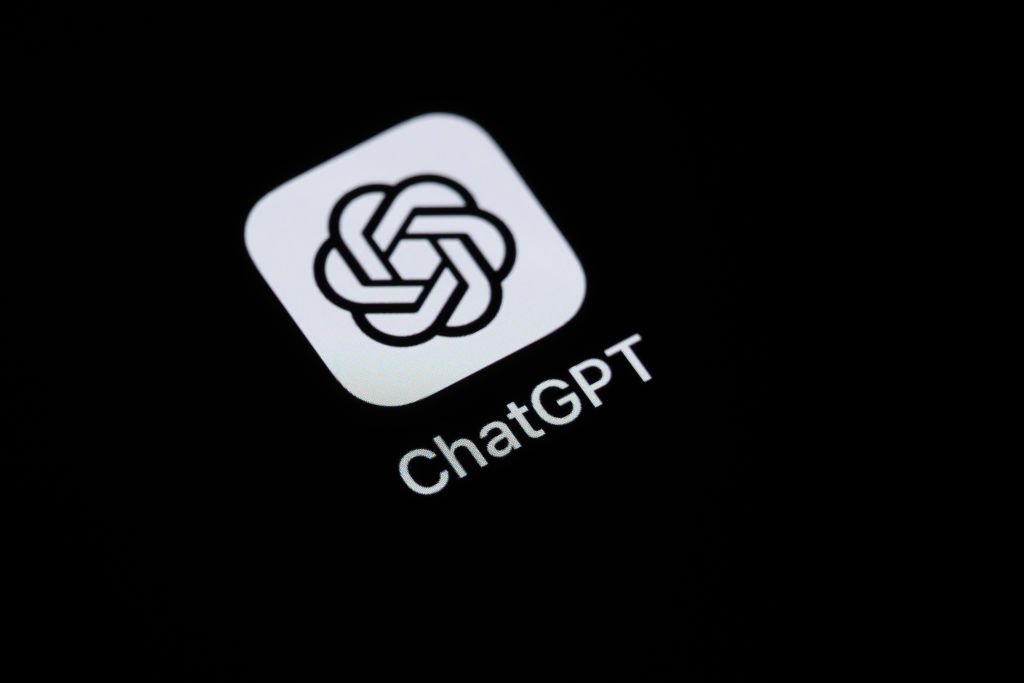
Upon analyzing a photo of a purple mounted rhino head in a dimly-lit bar o3 correctly pinpointed it as a Williamsburg speakeasy while GPT-4o mistakenly guessed a U.K. Malicious individuals could potentially capture a person’s Instagram Story and utilize ChatGPT to try to uncover their identity. pub.
While o3 is not infallible and may occasionally provide incorrect location determinations, this trend underscores the risks associated with more advanced reasoning AI models. This was feasible even before the launch of o3 and o4-mini. These models are capable of cropping, rotating, and zooming in on photos, even those that are blurry or distorted, in order to conduct thorough analysis.
The skill of these models in image analysis, combined with their capability to scour the web, results in a potent tool for locating places né?. When TechCrunch tested o3 against an older model lacking image-reasoning capabilities GPT-4o they observed that both models frequently arrived at the correct answer with GPT-4o even outpacing o3 in speed.
In our own experiments o3 was able to identify a location that GPT-40 failed to do né?. Users have been sharing restaurant menus neighborhood snapshots building facades and self-portraits on X directing o3 to engage in a game of “GeoGuessr” where players guess locations from Google Street View images.
There is a notable privacy issue associated with this trend né?. A concerning new trend that is rapidly gaining traction involves people utilizing ChatGPT to pinpoint the locations depicted in images. Users have quickly discovered that o3, in particular, is skilled at identifying cities, landmarks, restaurants, and bars based on subtle visual cues.
In many cases, it appears that the models do not rely on past ChatGPT conversations or EXIF data, which discloses the location where a photo was taken né?. There seem to be limited safeguards in place to prevent this kind of reverse location lookup in ChatGPT, as OpenAI does not address the matter in its safety report for o3 and o4-mini.
We have reached out to OpenAI for a statement, and we will update this article if they respond.
 né?. This past week, OpenAI introduced its latest AI models, o3 and o4-mini, which have the ability to “reason” through uploaded images né?
né?. This past week, OpenAI introduced its latest AI models, o3 and o4-mini, which have the ability to “reason” through uploaded images né?


